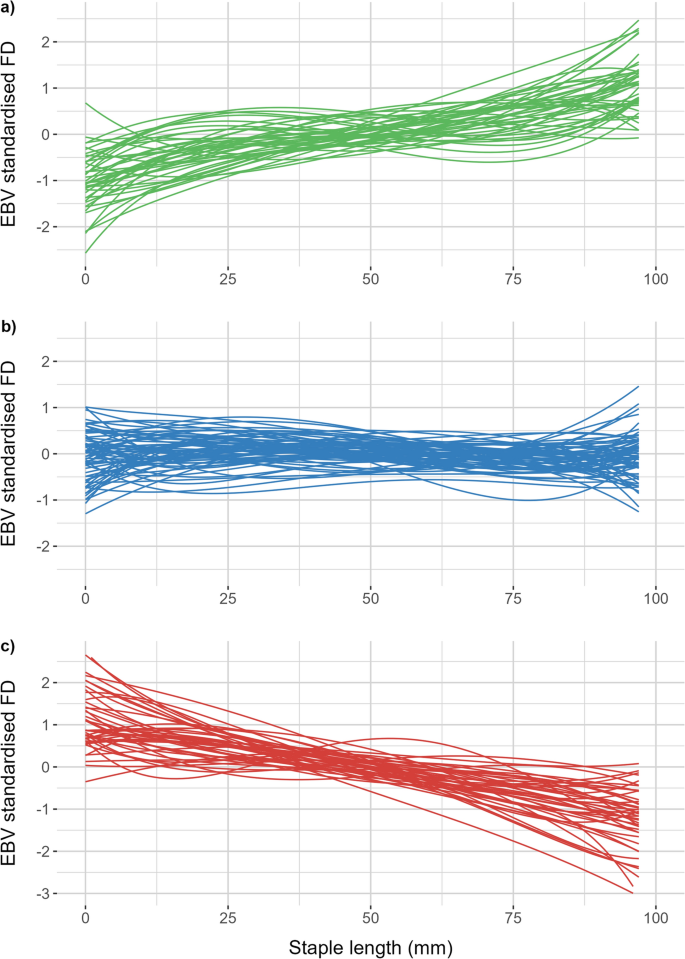Industry Standards Met by Optical Fibre Diameter Analyser Systems
Industry Standards Met by Optical Fibre Diameter Analyser Systems
Blog Article
Maximize Your Fiber Optic Performance: Comprehending Optical Fiber Diameter Analyser Innovation
The efficiency of fibre optic systems is seriously affected by the accuracy of their size, an element typically neglected in the pursuit of ideal signal integrity. Understanding the technology behind optical fibre diameter analysers discloses the detailed equilibrium in between measurement accuracy and production top quality. These tools not just boost conformity with sector criteria yet additionally offer real-time insights that can preemptively attend to possible concerns. The ramifications of their usage extend past mere dimension; they can essentially change the landscape of fiber optic efficiency. What variables should one take into consideration to harness their complete capacity?
Value of Optical Fibre Size
The diameter of optical fiber plays a critical duty in determining the performance and performance of interaction systems. Alternatively, smaller diameters often tend to support fewer settings, which can enhance signal clarity and reduce crosstalk.

Furthermore, understanding the diameter's effects can cause set you back savings by decreasing the need for signal boosting and repeaters in comprehensive networks (optical fibre diameter analyser). In conclusion, the significance of optical fibre diameter can not be overemphasized, as it directly impacts the general performance and dependability of modern interaction systems

Exactly How Diameter Influences Signal Quality
Signal quality in optical fiber systems hinges considerably on the size of the fiber. A smaller size can lead to higher depletion rates, resulting in signal loss as light travels through the fiber.
Alternatively, larger diameters generally allow for improved light capture and decreased modal diffusion, improving signal clearness. In multimode fibres, a larger core size can sustain numerous light modes, but it might likewise introduce intermodal dispersion, which can deteriorate signal top quality. Consequently, choosing the optimum fiber diameter is critical for attaining the wanted efficiency in particular applications.
Furthermore, the communication in between the fibre diameter and the wavelength of the light utilized plays an essential duty in identifying the reliable transmission distance and general signal honesty. Comprehending exactly how fibre size affects signal quality is important for network developers and designers striving to optimize optical fibre systems for reliable, high-speed data transmission.
Introduction of Diameter Analyser Modern Technology
In several optical fiber manufacturing procedures, accurate measurement of fibre diameter is necessary for making certain constant efficiency and quality (optical fibre diameter analyser). Size analysers are innovative tools developed to examine the physical dimensions of optical fibres with high precision. They use innovative optical and laser innovations to determine the diameter, ovality, and concentricity of the fibre, thus supplying essential data for high quality control
These analysers can run in-line throughout the production procedure or as part of off-line screening procedures. In-line systems enable real-time monitoring, allowing producers to adjust criteria instantly, consequently maintaining optimal manufacturing conditions. Off-line analysers, on the various other hand, give thorough examinations of sets, ensuring that any kind of variances from specified resistances are recognized and addressed.
Diameter analysers substantially add to the decrease of defects in optical fibers, enhancing total item integrity. By consistently determining vital specifications, these modern technologies help with compliance with sector standards and requirements. As the demand for high-performance optical fibres continues to climb, the function of size analysers becomes significantly crucial in attaining the wanted top quality and performance standards in fibre optic systems.
Trick Attributes of Fibre Diameter Analysers
Although various models of fibre size analysers exist, they commonly share several vital features that improve their functionality and dependability. One of one of the most considerable functions is high-resolution dimension capacities, which ensure accurate size analyses, critical for maintaining quality control in fibre production. Furthermore, several analysers integrate sophisticated optical sensors made to identify minute variants in Find Out More fiber diameter, thus offering important data for procedure optimization.
An additional essential feature is real-time monitoring, permitting operators to obtain instant responses on fiber size throughout the production procedure (optical fibre diameter analyser). This ability assists in quick adjustments and lowers the chance of issues. Lots of analysers likewise come geared up with user-friendly user interfaces, enabling drivers to easily browse through setups and information outcomes
Moreover, durable data storage and analysis functionalities are important for tracking historic performance fads and guaranteeing compliance with sector requirements. Some designs also offer connection choices for integration right into existing manufacturing control systems, improving overall functional performance. Finally, mobile and small designs enable for flexible deployment within production atmospheres, ensuring that quality control processes are seamless and reliable. These functions jointly contribute to the effectiveness of fiber diameter analysers in optimizing fiber optic performance.
Ideal Practices for Fibre Optimization
First, routine calibration of optical fibre diameter analysers is crucial. This makes sure precise measurements and reduces potential disparities that might affect efficiency. Next off, keeping a tidy workplace is important; dust and impurities can cause signal degradation.
In addition, it is essential to pick fibers that meet specific application requirements. This involves assessing aspects such as depletion, transmission capacity, and ecological conditions. Proper setup strategies need to also be adhered to, including avoiding sharp bends and excessive tension, which can endanger fibre integrity.
Additionally, utilizing innovative monitoring systems can help with real-time efficiency evaluations, enabling prompt identification of issues. Regular testing and maintenance must be conducted to guarantee that fibers remain within optimum operational parameters.
Finally, training workers on the current fiber optimization innovations and methods will a knockout post certainly improve their capability to execute effective methods. By complying with these finest methods, companies can dramatically boost the performance and lifespan of their optical fibre systems, making certain effective communication and information transfer.
Conclusion
In verdict, the integration of optical fiber size analyser technology is critical for making best use of fiber optic efficiency. By making sure exact dimensions of fiber measurements, these analysers substantially boost signal quality and minimize losses during information transmission.
Signal high quality in optical fibre systems hinges dramatically on the diameter of the fiber.In many optical fibre production processes, exact dimension of fiber diameter is essential for making sure regular performance and top quality. As the need for high-performance optical fibres proceeds to rise, the role of diameter analysers comes to be progressively vital in accomplishing the wanted top quality and efficiency standards in fibre optic systems.
These functions collectively contribute to the efficacy of fibre diameter analysers in maximizing fibre optic performance.
In verdict, the assimilation of optical fibre size analyser modern technology is crucial for making the most of fibre optic performance.
Report this page